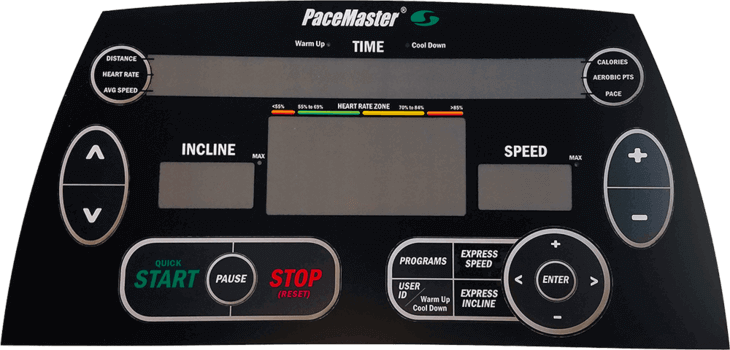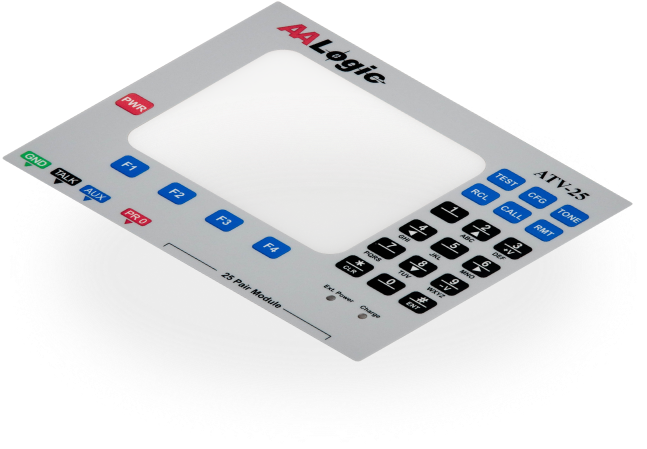The Comparison Between Basic and Rugged Graphic Overlays
The Comparison Between Basic and Rugged Graphic Overlays
Blog Article
Comprehending How Graphic Overlays Job to Enhance Your Imaginative Projects
Graphic overlays function as a crucial part in the realm of innovative projects, boosting both aesthetic communication and audience involvement. By comprehending their functionality and prospective applications, one can properly elevate not only the visual allure yet likewise the quality of complex information. The effective combination of these overlays requires mindful consideration of design concepts and purposes. As we explore the different types and best techniques, it ends up being evident that the ideal strategy can substantially influence task outcomes, leaving us to consider how to harness these tools for optimal effect.
What Are Graphic Overlays?
Graphic overlays are aesthetic elements that are placed on top of a base image or interface to boost interaction and customer experience. They offer different objectives, including providing added information, leading individual interaction, and boosting visual appeal. Typical applications of graphic overlays can be found in digital user interfaces, advertising, and educational products.

Graphic overlays are usually created using style software application, allowing developers to adjust dimension, transparency, and color to achieve the wanted result. Recognizing how to effectively apply graphic overlays is vital for developers intending to elevate their imaginative jobs.

Benefits of Using Graphic Overlays
Using graphic overlays can considerably improve the performance of aesthetic interaction throughout numerous mediums. Among the key benefits is the ability to share complex information succinctly. By layering graphics, message, and pictures, overlays help with the presentation of data in an extra absorbable layout, making it much easier for audiences to grasp crucial concepts rapidly.
Additionally, visuals overlays can boost aesthetic charm, accentuating specific components within a style. This is particularly useful in marketing and advertising, where recording the customer's interest is extremely important. The tactical use colors, forms, and typography in overlays can produce a natural and engaging visual story, improving brand acknowledgment.
Additionally, visuals overlays provide versatility in design. They allow creators to adjust content for different systems without starting from scratch, guaranteeing uniformity across different channels. This adaptability is crucial in today's electronic landscape, where web content should be optimized for varied gadgets and styles.
Kinds of Graphic Overlays
When taking into consideration the various kinds of visuals overlays, it is necessary to identify their diverse applications throughout various sectors. Graphic overlays can be categorized mostly into three kinds: functional, decorative, and informational.
Practical overlays are developed to boost the usability of a product. Commonly located in digital tools, these overlays usually give responsive feedback with raised switches or distinctive surface areas, enhancing customer communication. They can also act as a protective layer, protecting the underlying elements from damage.
Attractive overlays concentrate on aesthetic enhancement, permitting brand names to share their identity with dynamic layouts and custom-made graphics. These overlays prevail in packaging, marketing, and point-of-sale products, where visual allure is critical for bring in clients.
Informative overlays, on the other hand, are used to share vital information or guidelines. They can be seen in applications such as signage, customer guidebooks, and educational graphics, where clearness and readability are extremely important.
Each kind of visuals overlay offers a distinct objective, adding his comment is here to the general efficiency of innovative projects while addressing specific requirements within different markets. Recognizing these distinctions is vital for choosing the appropriate overlay for your task.
Finest Practices for Execution
To guarantee the successful implementation of visuals overlays, it is crucial to establish a clear understanding of the project's objectives and the particular requirements of the end-users. Begin by carrying out comprehensive research study why not try here to identify the target market and their preferences, as this will inform style choices and capability.
Next, produce a comprehensive strategy that outlines the overlay's design, purpose, and combination process. This strategy must include interface factors to consider, guaranteeing that overlays improve instead of obstruct the user experience - Graphic Overlays. Consider the visual pecking order and preserve uniformity in design elements, such as color fonts, symbols, and plans, to advertise brand comprehensibility
Evaluating is vital; collect feedback from a representative sample of users to recognize potential problems and areas for enhancement. Iterate on the design based on user input and efficiency information. In addition, make sure compatibility across various tools and systems to take full advantage of access.
Tools for Creating Overlays
Developing efficient graphic overlays requires the right devices to convert style ideas right into functional applications. Different software and systems are offered, each tailored to details demands and skill levels.
Adobe Photoshop and Illustrator are market criteria, using extensive abilities for producing and controling overlays. These devices provide innovative features such as layer monitoring, mixing settings, and vector graphics, making it possible for designers to produce top notch and detailed overlays.
For those looking for an extra user-friendly method, Canva and Figma are outstanding alternatives (Graphic Overlays). Canva's user-friendly interface allows users to create overlays swiftly making use of pre-designed layouts, while Figma promotes collaborative style in real-time, making it optimal for groups
Furthermore, open-source alternatives like GIMP and Inkscape give durable performances without the associated prices of proprietary software. These devices permit versatility in style and can fit different data styles, ensuring compatibility across various systems.

Verdict
In official source verdict, visuals overlays offer as effective tools for enhancing innovative tasks by providing visual quality, visual charm, and brand uniformity. By recognizing the essential principles and benefits associated with graphic overlays, developers can considerably improve the high quality and performance of their visual communications.
Graphic overlays serve as a crucial element in the realm of creative jobs, enhancing both aesthetic communication and target market involvement.Graphic overlays are frequently developed utilizing layout software program, allowing developers to adjust color, dimension, and transparency to accomplish the preferred effect.In addition, visuals overlays can increase aesthetic appeal, drawing focus to details elements within a design.Furthermore, graphic overlays provide flexibility in style.In verdict, visuals overlays serve as effective tools for boosting innovative projects by supplying visual clarity, visual appeal, and brand uniformity.
Report this page